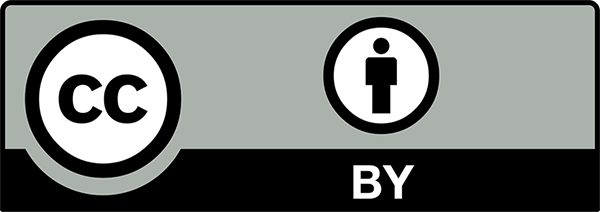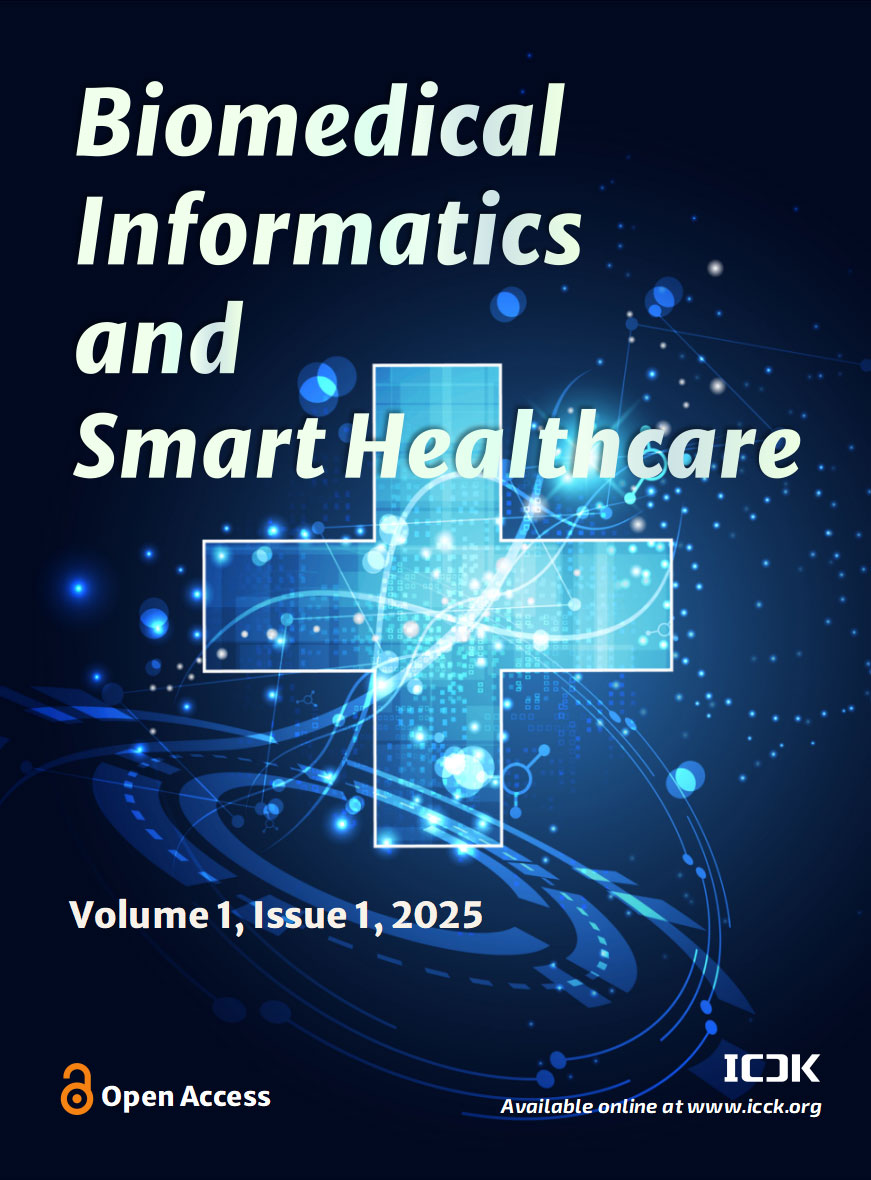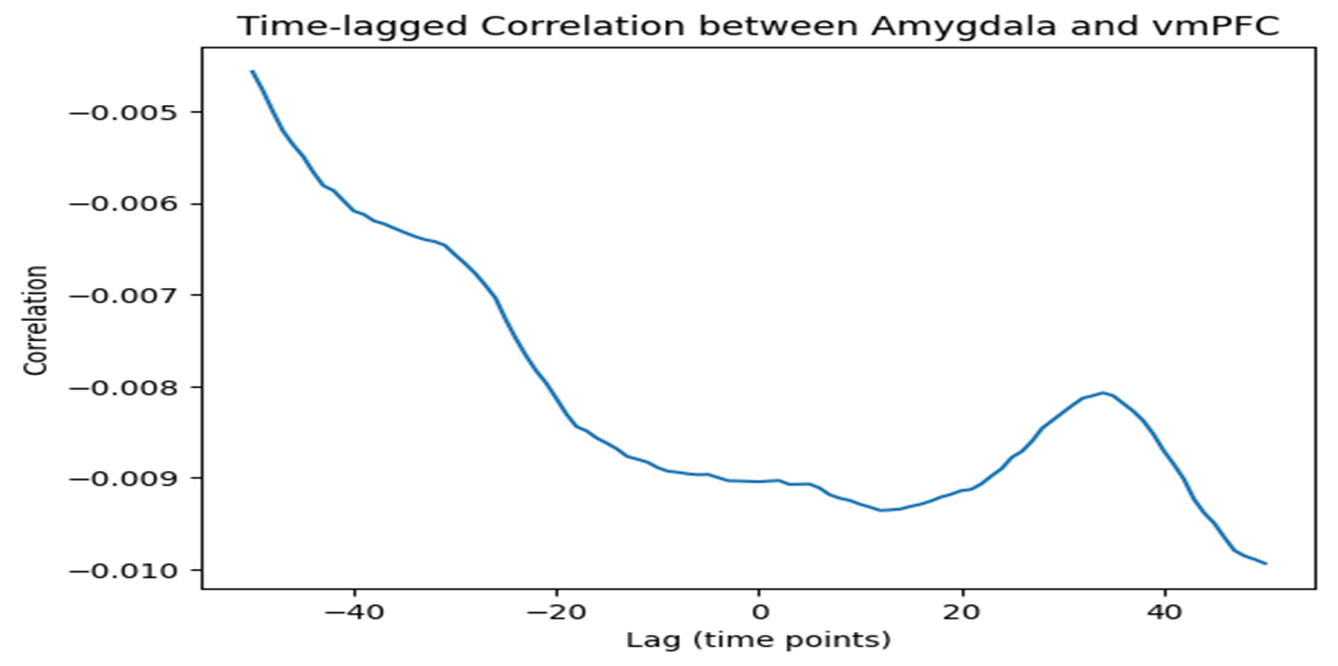Abstract
Understanding the dynamic interaction between the amygdala and the ventromedial prefrontal cortex (vmPFC) is essential for unraveling the neural mechanisms underlying emotion regulation. This study introduces a multidimensional analytical framework that integrates functional connectivity, time-lagged correlation, Granger causality analysis (GCA), and entropy-based complexity metrics to explore the amygdala–vmPFC relationship during emotionally aversive tasks using intracranial EEG (iEEG) data. Our findings reveal a significant negative functional correlation (r = -0.009, p < 0.05) between the amygdala and vmPFC, indicating an inhibitory relationship. Time-lagged correlation analysis further uncovers a temporal delay (~30 time points), suggesting that amygdala activity precedes vmPFC modulation. Entropy analysis shows that the vmPFC exhibits higher signal complexity (H = 4.26) than the amygdala (H = 3.98), consistent with its role in higher-order emotional regulation. However, GCA results yielded no statistically significant directional influence, highlighting the non-linear and multifaceted nature of these interactions. This study is among the first to combine entropy, time-lag, and causality metrics for analyzing vmPFC–amygdala dynamics in human iEEG. Our integrated framework offers deeper insights into brain region interplay and lays the groundwork for future research in affective neuroscience and neuroeconomics.
Keywords
amygdala-vmPFC connectivity
time-lagged correlation
granger causality
EEG signal analysis
entropy metrics
neural dynamics
Data Availability Statement
Data will be made available on request.
Funding
This work was supported without any funding.
Conflicts of Interest
The authors declare no conflicts of interest.
Ethical Approval and Consent to Participate
Not applicable.
Cite This Article
APA Style
Su, W., Mishra, S., & Bijalwan, A. (2025). Exploring the Temporal Dynamics and Causal Interactions Between the Amygdala and vmPFC: A Multidimensional Approach Using Time-Lagged Correlation, Granger Causality, and Entropy Analysis. Biomedical Informatics and Smart Healthcare, 1(1), 27–34. https://doi.org/10.62762/BISH.2025.346171
Publisher's Note
ICCK stays neutral with regard to jurisdictional claims in published maps and institutional affiliations.
Rights and Permissions

Copyright © 2025 by the Author(s). Published by Institute of Central Computation and Knowledge. This article is an open access article distributed under the terms and conditions of the Creative Commons Attribution (CC BY) license (
https://creativecommons.org/licenses/by/4.0/), which permits use, sharing, adaptation, distribution and reproduction in any medium or format, as long as you give appropriate credit to the original author(s) and the source, provide a link to the Creative Commons licence, and indicate if changes were made.


 Submit Manuscript
Edit a Special Issue
Submit Manuscript
Edit a Special Issue

 Copyright © 2025 by the Author(s). Published by Institute of Central Computation and Knowledge. This article is an open access article distributed under the terms and conditions of the Creative Commons Attribution (CC BY) license (https://creativecommons.org/licenses/by/4.0/), which permits use, sharing, adaptation, distribution and reproduction in any medium or format, as long as you give appropriate credit to the original author(s) and the source, provide a link to the Creative Commons licence, and indicate if changes were made.
Copyright © 2025 by the Author(s). Published by Institute of Central Computation and Knowledge. This article is an open access article distributed under the terms and conditions of the Creative Commons Attribution (CC BY) license (https://creativecommons.org/licenses/by/4.0/), which permits use, sharing, adaptation, distribution and reproduction in any medium or format, as long as you give appropriate credit to the original author(s) and the source, provide a link to the Creative Commons licence, and indicate if changes were made. 